Generative AI is taking over the digital buying journey — and marketers need to keep up
New Adobe data shows that AI referrals are closing in on traditional digital channels in revenue, engagement, and trust. Here's what it means for marketers.
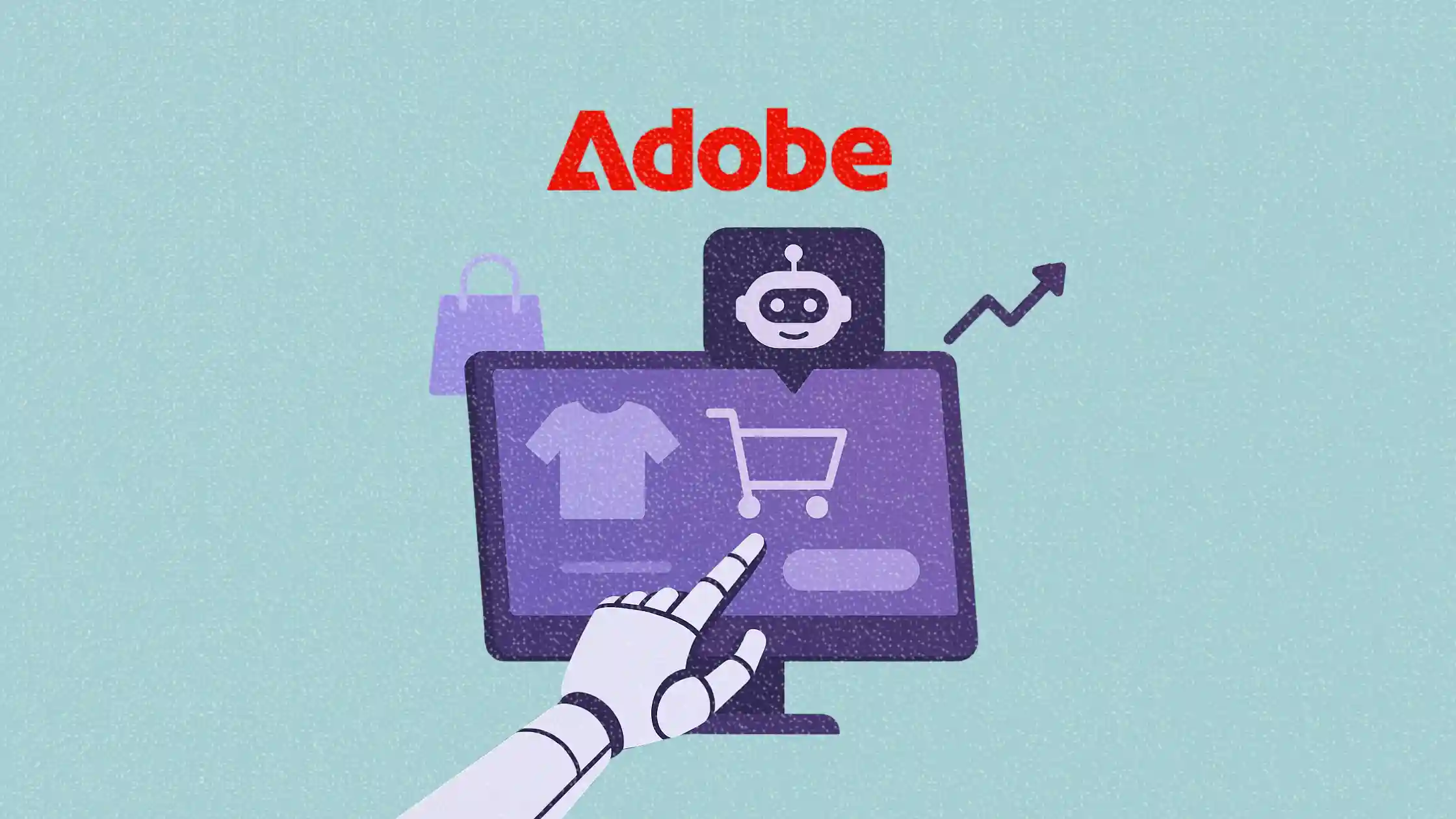
Adobe’s latest consumer research has uncovered a change in how people engage with digital platforms — and generative AI is at the center of it.
Between July 2024 and February 2025, AI-driven web referrals grew more than tenfold in the US. These AI referrals are quickly catching up with, and in some cases outperforming, traditional digital channels in engagement and revenue per visit.
Adobe’s surveys show that consumers are growing increasingly comfortable using ChatGPT, Claude, Copilot, and others to shape their decisions — from what to wear to where to bank.
This article explores the key trends behind this generative AI adoption wave and what marketers need to know to stay competitive.
Short on time?
Here’s a table of contents for quick access:
- AI-fueled shopping is going mainstream
- Retail sees the sharpest shift
- Travel and banking are emerging power sectors
- What marketers should know
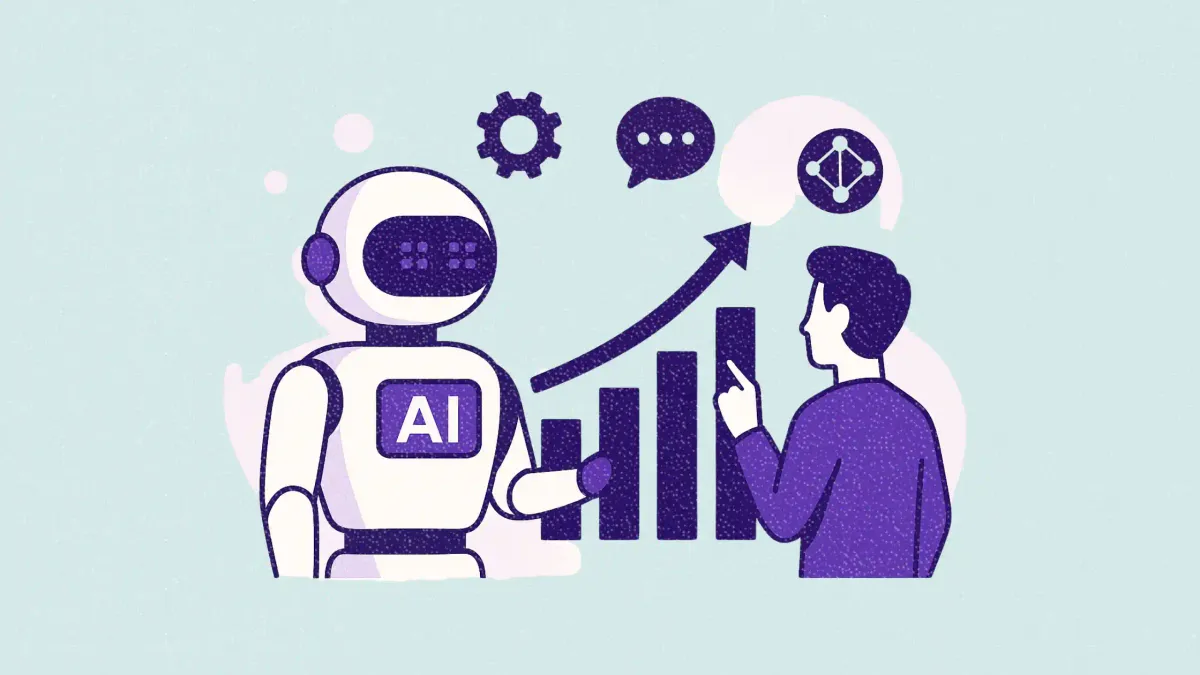
AI-fueled shopping is going mainstream
AI assistants are no longer just novelty tools for writing poems or generating profile pics — they’re becoming a go-to source for shopping advice and product discovery. Adobe found that:
- 36% of generative AI users now prefer it over traditional search
- 25% use it for shopping and price comparisons
- 18% use it for product recommendations
Millennials, especially higher-income ones (earning US$70,000+), are leading this shift. Meanwhile, Baby Boomers — long skeptical of AI — are catching up, with usage up 63% in five months and growing appreciation for how AI improves their shopping experience.
AI is especially sticky for tasks that once belonged to search engines or content platforms: comparing products, researching large purchases, generating gift ideas, and even building shopping lists.
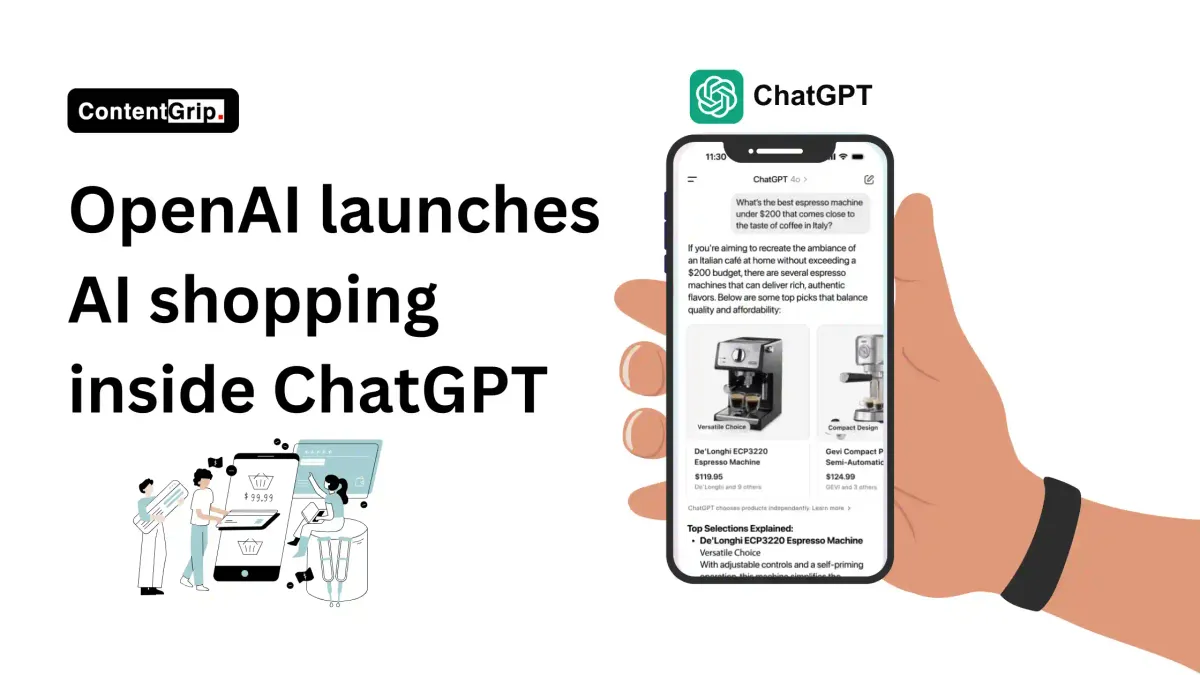
Retail sees the sharpest shift
AI-driven visits to retail websites have exploded — up 12x since July 2024 — and the engagement metrics are striking:
- 23% lower bounce rates than traditional traffic
- 41% longer time on site
- 12% more page views
Even though AI traffic still lags slightly in conversions, the gap is closing fast. In July 2024, AI visitors were 43% less likely to convert; by February 2025, that dropped to just 9%.
The strongest AI-driven conversions are in research-heavy categories like consumer electronics and jewelry. For low-cost or habitual items like apparel or groceries, AI traffic is still warming up — but the influence is likely felt earlier in the funnel.
Desktop dominates AI-assisted shopping for now, making up 86% of AI traffic, compared to 34% of overall traffic. This suggests that most AI-assisted decisions are still happening in a research-heavy, deliberate context — not on the fly via mobile.
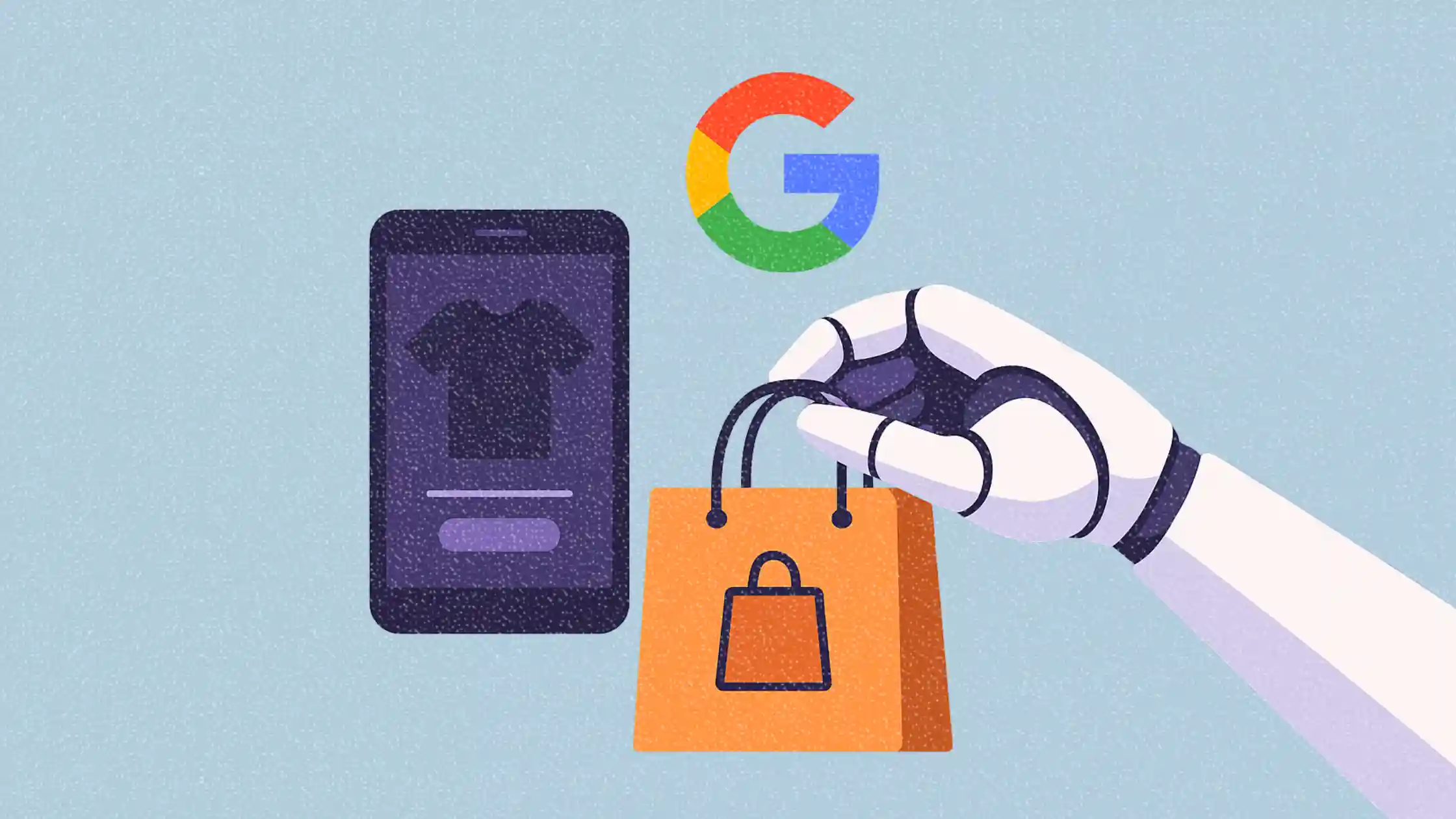
Travel and banking are emerging power sectors
In travel, AI referrals are rewriting the playbook. Since July 2024, traffic to travel sites from AI has grown 17x — and it's converting hard:
- 80% higher revenue per visit
- 45% lower bounce rates
Consumers are using AI to plan trips more thoroughly: 54% use it for destination research, 41% for transport planning, and even 20% for packing lists.
Banking is also seeing a wave. AI-driven banking site visits grew 12x, and these visits were 23% more likely to result in a banking application by January 2025. Gen Z and Millennials are the main adopters, with 35%–34% reporting AI use for financial decisions.
Notably, 49% trust AI advice without external validation — a strong signal that AI platforms are becoming trusted financial advisors in their own right.
What marketers should know
As AI transforms how people browse, research, and convert, brands need to adapt fast. Here's how to stay ahead:
1. Track and optimize for AI referrals
Traffic from AI platforms is growing — but many brands aren’t even measuring it. Set up tracking for AI-referring URLs and analyze behavior patterns. Benchmark against traditional traffic sources.
2. Get ready for GEO (Generative Engine Optimization)
If generative AI becomes the new search, brands need to understand how to appear in answers — not just in links. That may require rethinking content structure, using schema markup, or building integrations with AI tools.
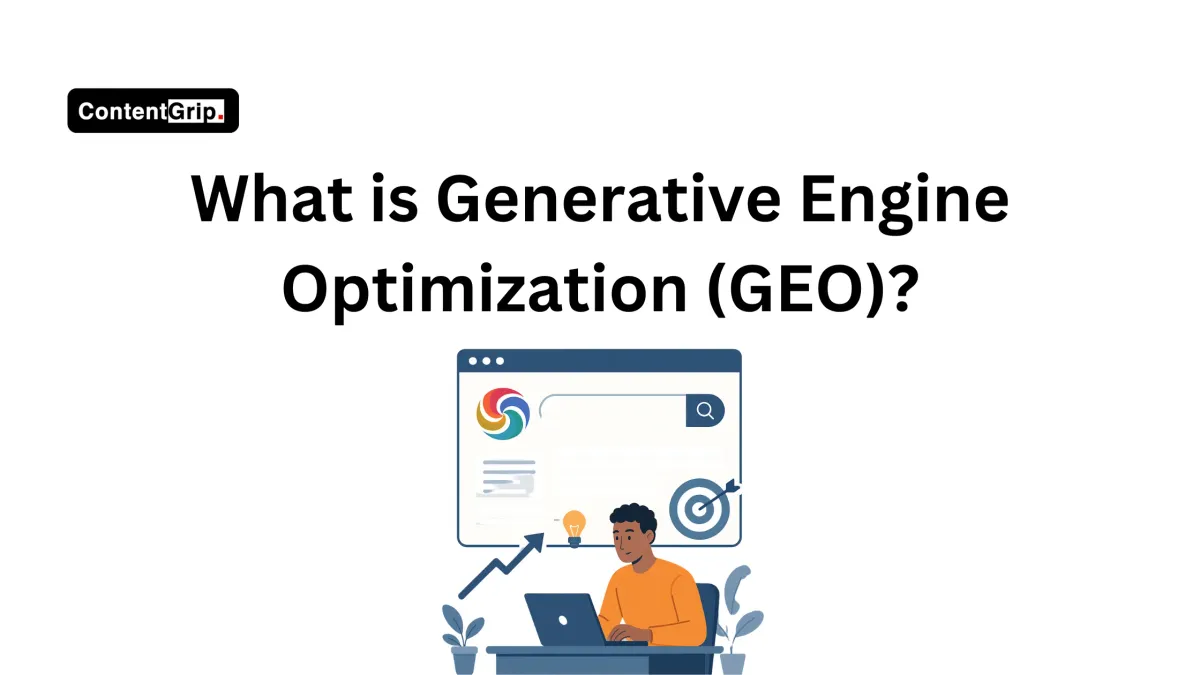
3. Build deeper product content
AI assistants thrive on detail. Brands that invest in robust product data, spec sheets, FAQs, and reviews are more likely to be surfaced in generative results — and more likely to move consumers closer to a decision.
4. Watch the high-value verticals
Retail, travel, and banking are leading the charge — but not all categories behave the same. Focus your AI strategies first on verticals with long consideration cycles and high information needs.
5. Don’t sleep on desktop
Mobile optimization isn’t going away, but for AI-driven traffic, desktop is still king. Ensure your desktop product experiences are clean, fast, and research-friendly.
AI-generated traffic is no longer a niche. With better engagement, narrowing conversion gaps, and rising consumer trust, generative AI platforms are becoming central to how people explore and decide online.
For marketers, this is a rare moment to get ahead of the curve. Understanding how consumers interact with AI — and optimizing accordingly — could be the difference between being part of the new buying journey or getting left behind.







